Shopify is a platform that lets entrepreneurs create their online stores. It’s popular with small business owners and startup entrepreneurs because it’s relatively easy to set up without requiring much technical expertise.
But you must be wondering what Shopify startup costs is? And what are the other costs associated with running an online store on this platform? Keep reading to find out!
What is Shopify, and what do they offer to small businesses?
Canadian e-commerce company Shopify is headquartered in Ottawa, Ontario. Shopify offers online retailers a platform to build their businesses on. Shopify was founded in 2004 by Tobias Lütke, Daniel Weinand, and Scott Lake after they attempted to open an online store but found that available platforms were not up to par. They instead built their platform, which eventually became Shopify.
Shopify provides entrepreneurs and small businesses with a platform to create an eCommerce store, complete with a customizable checkout process, payment gateway, shopping cart, order management system, etc.
In addition, Shopify also offers entrepreneurs and small businesses the ability to use their domain name or choose from over 200 professional themes to make their store look more polished and professional. Shopify provides entrepreneurs and small businesses with everything they need to set up and run an online store quickly and easily.
Shopify also provides its users with access to a network of experts who can offer guidance and advice on running a successful eCommerce business.
What are Shopify Startup Costs?

Shopify offers a variety of flexible pricing plans that make it affordable for businesses of all sizes.
Free 14-days trials are available without your credit card information. Other Shopify business plans are-
- Basic- $29/month
- Shopify- $79/month
- Advanced Shopify- $299/month
- Shopify lite- $9/month
- Shopify enterprise- $2000 0r variable fee for higher volume
The main difference between the three plans is the number of features and support you get. The Basic plan is excellent, with minimum monthly fees for those just starting, while the Shopify and Advanced plans offer more features and support for businesses overgrowing.
Before it’s too late, Get your Shopify store now.
Standard Features available in all the plans
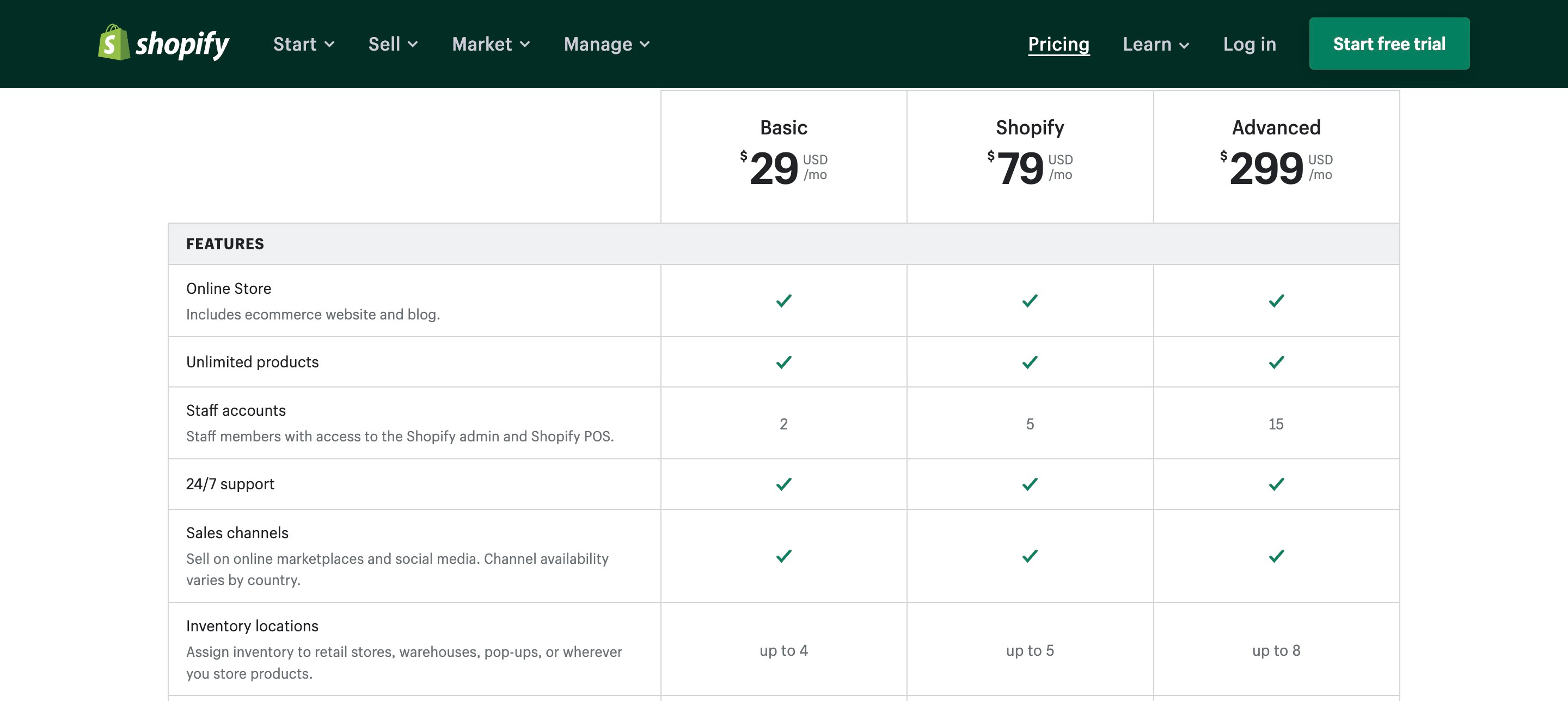
- Online Store, Unlimited products, 24/7 support
- Sales channels, Manual order creation, discount codes
- Free SSL certificate, Abandoned cart recovery.
- Gift cards, Customer segmentation
- Marketing automation, Unlimited contacts
- Shipping labels, Fraud analysis, Shopify POS Lite
- International market management
- Market domains and subfolders
- Language translation, Currency conversion
- Local payment methods
Some other features
- Staff accounts: 2, 5, 15 (Respectively for 3 plans)
- Inventory locations: Up to 4, 5, 8
- Reports: Not available at the basic plan, standard report for Shopify plan, and Advanced report for Advanced plan.
- Third-party calculated shipping rates and eCommerce automation are only available with the Advanced plan.
- USPS Priority Mail Cubic pricing is available with Shopify’s advanced plan.
- Advanced Shopify plan comes with another feature that gives buyers complete pricing transparency by estimating and collecting duties and import taxes at checkout. Take a more hands-on approach to your pricing strategy by setting country-specific prices for goods or product variants.
Some other costs you should consider with your Shopify online business.
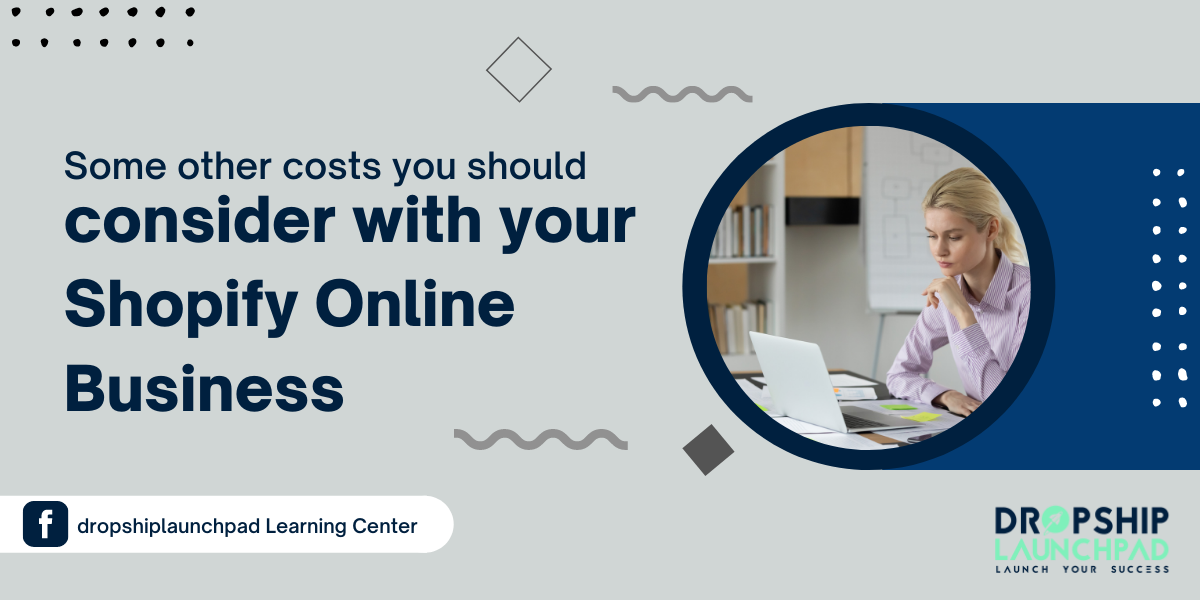
Cost for a paid theme:
If you need some customization in your store, you can buy paid themes. Prices of themes can be a one-time payment or recurring subscription model.
Cost for Shopify apps:
Many Shopify apps are available in their app store to add more functionality to your store. You have to pay the recurring fee for using that app.
Payment gateway fee:
Shopify has its own payment gateway, Shopify payments, but you can also use other 3rd party payment gateways. For using different payment gateways, you need to pay the transaction fee, which is generally 2%, 1%, and 0.5%, respectively, for the three plans.
Fulfillment app fee:
For order fulfillment and shipping, you need to use some app or service. You need to pay the monthly or transaction fee for using that app.
Marketing Costs:
The marketing budget is the most critical factor that decides any eCommerce business’s success. You need to spend money on various marketing channels like SEO, Social Media Marketing, SEM, email marketing, content marketing, paid advertising, etc.
Shopify payments details
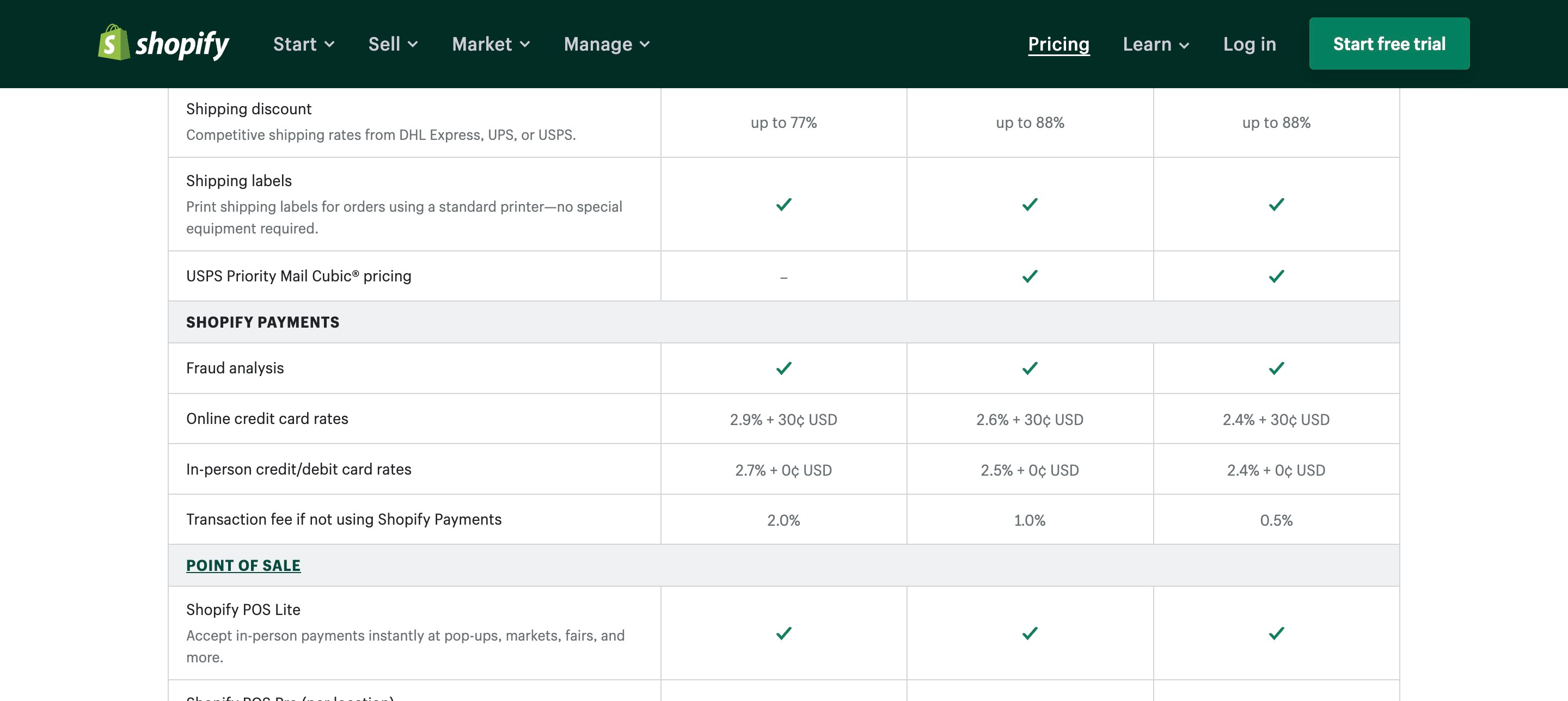
Shopify has its payment gateway, Shopify payments available in all the plans. You can also use other 3rd party payment gateways like PayPal, Amazon Payments, Stripe, etc.
For using other payment gateways, you need to pay the transaction fee, which is generally 2%, 1%, and 0.5%, respectively, for the three plans.
Online credit card rates- Respectively 2.9% + 30¢, USD2.6% + 30¢, and USD2.4% + 30¢ USD.
In-person credit or debit card rate- Respectively 2.7% + 0¢, USD2.5% + 0¢, and USD2.4% + 0¢ USD.
How does Shopify compare to other eCommerce platforms in dropshipping startup costs?
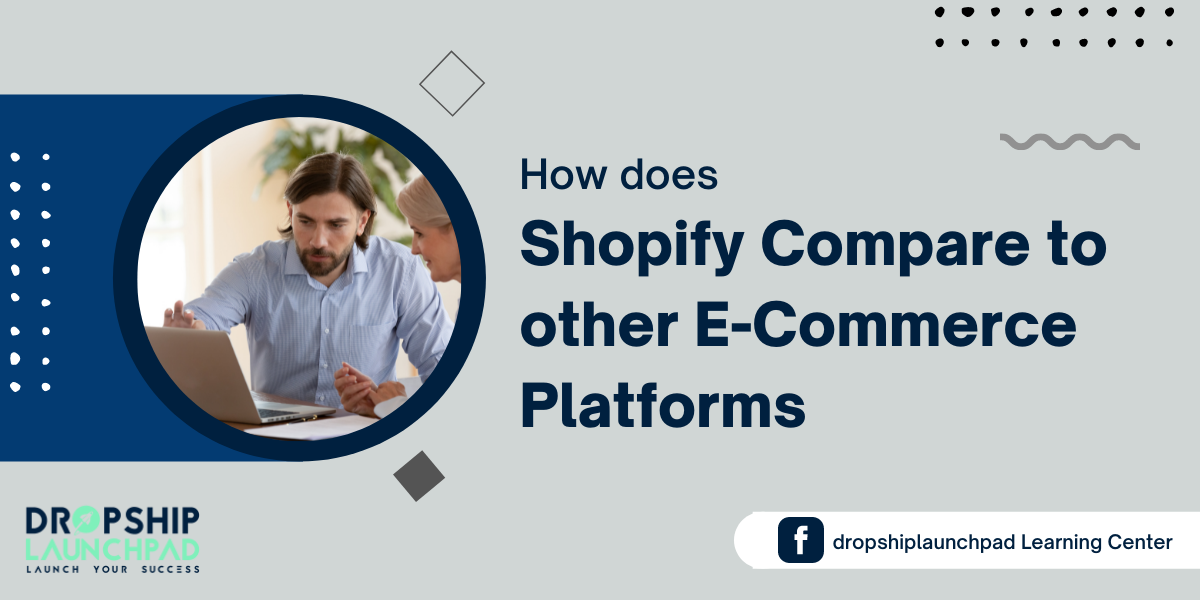
While starting a dropshipping business, one of the first decisions you’ll need to make is which eCommerce platform to use. There are several options out there. Shopify is often considered the best choice for creating a dropshipping store.
This is because Shopify offers a wide range of features and integrations, making it straightforward to set up and manage your dropshipping store. But perhaps more importantly, Shopify also provides very competitive pricing.
Compared to other eCommerce platforms, Shopify has lower startup costs for dropshippers. So if you’re looking for an eCommerce platform that will give you the best chances of running a successful business, Shopify is definitely worth considering. Dropshipping business model is about starting an online store and selling products you don’t own stock.
Are there any hidden business costs associated with using Shopify?
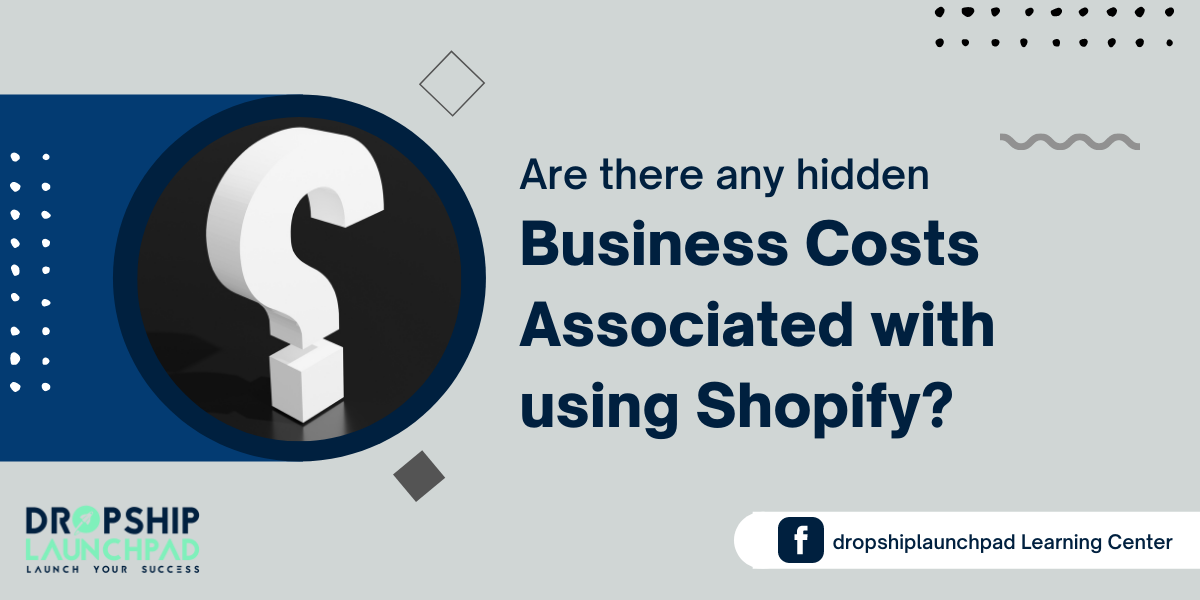
No, there is no hidden Shopify store cost or fee associated with using Shopify. The pricing is up-front and transparent, so you’ll always know exactly what you’re paying for.
Of course, as with any eCommerce platform, there are some additional costs that you’ll need to consider when using Shopify. For example, you’ll need to pay for paid themes or apps.
But overall, Shopify is very competitively priced, and there are no hidden costs or fees that you need to be aware of.
Experts’ tips for minimizing your Shopify startup costs

Try a 14-day free trial:
This will allow you to explore Shopify and see if it’s the right platform for your business without committing to a paid plan.
Use a free or low-cost theme:
The easiest way to reduce your Shopify startup costs is to use a free or low-cost theme. There are several excellent free themes available, so there’s no need to spend money on a premium theme unless you want to.
Use Shopify’s built-in features:
Another great way to reduce your startup costs is to use Shopify’s built-in features. There’s no need to pay for expensive apps or plugins when you can get the same functionality from Shopify itself.
Start with a basic plan:
If you’re just starting, it’s probably unnecessary to sign up for Shopify’s most expensive plan. Instead, you can start with a basic plan and upgrade later if you need to. This will help to keep your initial costs down.
Shop around for apps and plugins:
Before committing to any paid apps or plugins, be sure to shop around and compare prices. A little bit of research can save you quite a bit of money.
Some of the best Shopify themes for small businesses on a budget
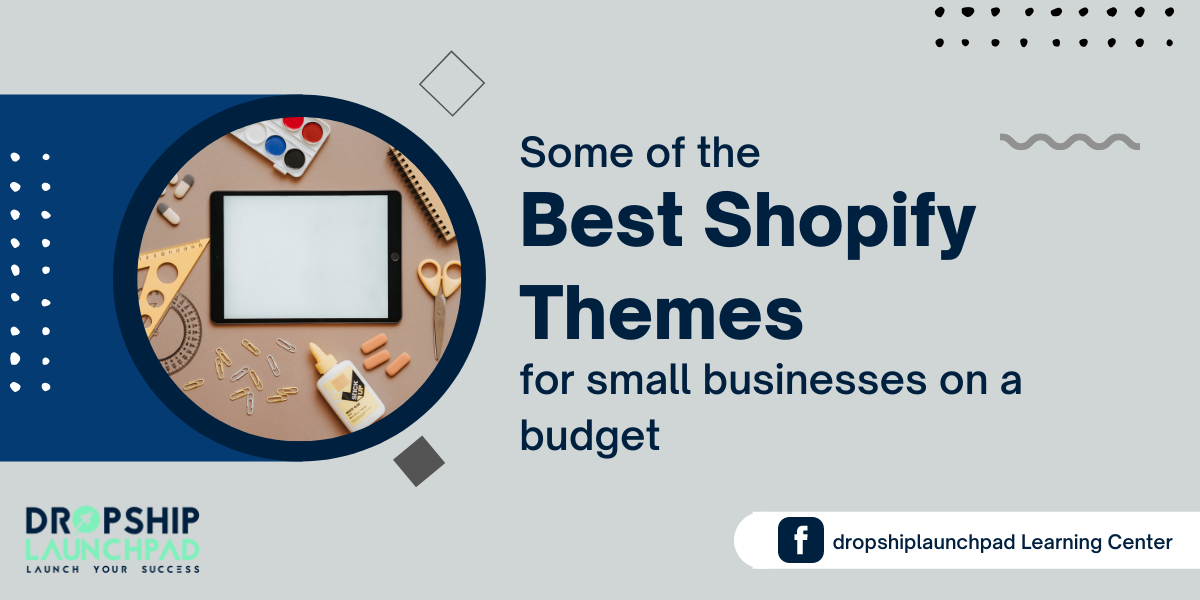
When it’s time to build an online presence, one of the most important things you can do is choose a suitable Shopify theme. A good theme will help you create a professional-looking website that’s easy to navigate and highlights your unique products and services.
Nevertheless, finding the right theme can be a challenge, especially if you’re on a tight budget with so many themes to choose from. To help you out, we’ve rounded up some of the best Shopify themes for small businesses on a budget. From minimalist designs to flexible layouts, there’s sure to be a perfect theme for your business.
Some Shopify themes for small businesses are-
- Simple
- Kala
Read How to pick the right Shopify theme in 2022: 10 pro tips and
2022’s top 10+ Shopify dropshipping themes to boost sales
Some additional features or services can add to Shopify store
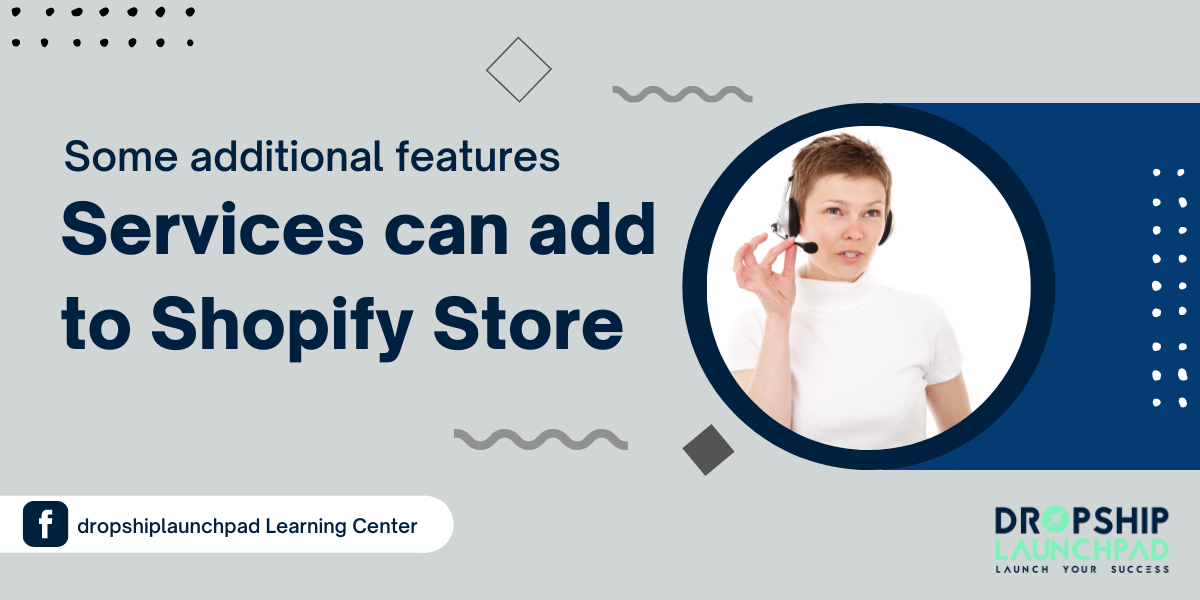
There are many additional features or services that you can add to your Shopify store. For example, you can add apps to extend the functionality of your store or use Shopify’s built-in email marketing tool to promote your products.
If you’re looking to take your Shopify store to the next level, here are a few features you should check out. First, You can purchase Shopify automation apps or hire a Shopify expert to help you set up and customize your store. Read about Best Shopify Apps for Dropshipping in 2022
Consider adding product customization options to allow your customers to personalize their purchases. And if you want to go above and beyond, consider offering free returns or a loyalty program. You can make your Shopify store even more appealing to customers by providing additional features and services.
How do I get started with Shopify?
The first step is to create an account. You can sign up for a free trial here:
Once you’ve created your account, you’ll be able to choose your desired plan and start setting up your store.
We recommend checking out our Shopify Dropshipping Business Guide if you’re new to Shopify. This guide will walk you through setting up your store and adding products.
After setting up your store, you can start promoting your products on social media, in online directories, or with paid advertising. Minimize your shipping costs to attract more customers.
FAQs About Shopify Startup Costs
Q1: How much does it cost to start on Shopify?
Answer: The Shopify cost starts at $29 per month. This is the price for the Basic Shopify plan. The other plans are Shopify ($79 per month), Advanced Shopify ($299 per month), and Shopify Plus (custom pricing).
The main difference between the plans is the features and support you get. The Basic plan is a great way to get started if you’re starting.
However, to use more advanced features, you’ll need to upgrade to one of the other plans. Ultimately, the cost of Shopify depends on which plan you choose and what features you need.
Q2: Do you have to pay upfront for Shopify?
Answer: Shopify is one of the most popular eCommerce platforms on the market, and for a good reason. Easily navigable, it has many integrations, and it is relatively affordable.
However, one thing that Shopify is not is free. You can start Shopify with a 14-day free trial, and after that, you have to pay a monthly subscription fee to use Shopify. Additionally, if you want to use certain features or integrations, you may have to pay additional fees. For example, if you’re going to use Shopify’s point of sale system, you must pay an extra 2% per transaction.
So, while Shopify isn’t the most expensive eCommerce platform out there, it’s not free.
Q3: Is it hard to start a Shopify store?
Answer: Anybody can start a Shopify store. You don’t need any special skills or knowledge. You need a Shopify account and a few minutes of your time.
However, that doesn’t mean that it’s easy to start a successful Shopify store. To be successful, you’ll need to put in hard work and dedication.
You’ll need to create high-quality products, design an appealing store, and market your business effectively. You can achieve your entrepreneurial dreams through a Shopify store if you’re willing to put in the effort.
But if you’re looking for a get-rich-quick scheme, you’re better off looking elsewhere.
Q4: Who is Shopify’s biggest competitor?
Answer: Shopify’s biggest competitor is BigCommerce. Like Shopify, BigCommerce is a platform that enables businesses to create and run their own online stores. Read BigCommerce vs Shopify (2022): Which is the Right Choice for You?
Q5: Does Shopify take a percentage of sales?
Answer: Shopify does not take a percentage of sales. This means that businesses can keep all of their profits and reinvest them into their business. If you use Shopify Payments, there is no charge. Depending on your Shopify plan, you will be charged 2%, 1%, or 0.5 percent of the transaction value if you pick an external payment gateway.
Additionally, Shopify offers different pricing plans, so businesses can choose the one that best fits their needs.
Q6: What is the least expensive Shopify plan?
Answer: The least expensive Shopify plan is the Basic Shopify plan, which costs $29 per month. This plan includes almost all of the essential features needed to start an online store, including unlimited products, 24/7 support, and secure checkout. Nevertheless, it does have certain limitations, such as the fact that it only allows two staff accounts. But for those just starting, the Basic Shopify plan is a great way to get started with an online store without breaking the bank.
Conclusion
When it comes to starting an online store, there are many options out there. There are certain platforms that are free and others that are paid. So, what’s the deal with Shopify? Is it free to sell on Shopify?
The short answer is no. While there is a free 14-day trial available, you will need to sign up for one of the paid plans to continue using Shopify. The good news is that there are four different plans to choose from, so you can find one that fits your budget. And if you’re not sure whether Shopify is right for you, you can always start with the Shopify free trial and upgrade later. So, what are you waiting for? Start selling today!
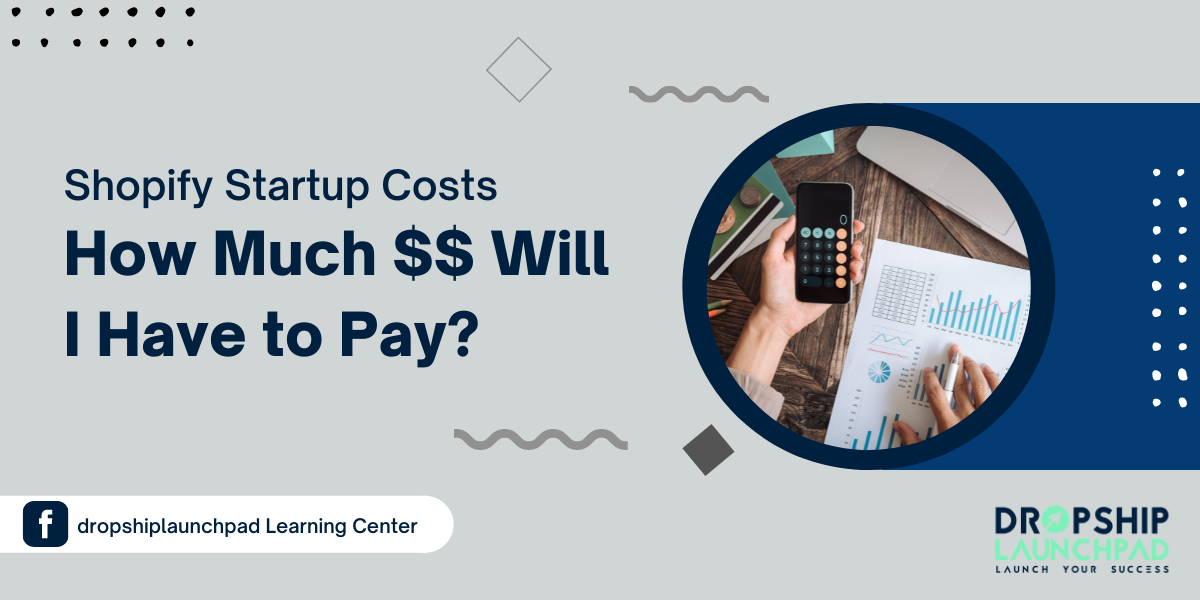
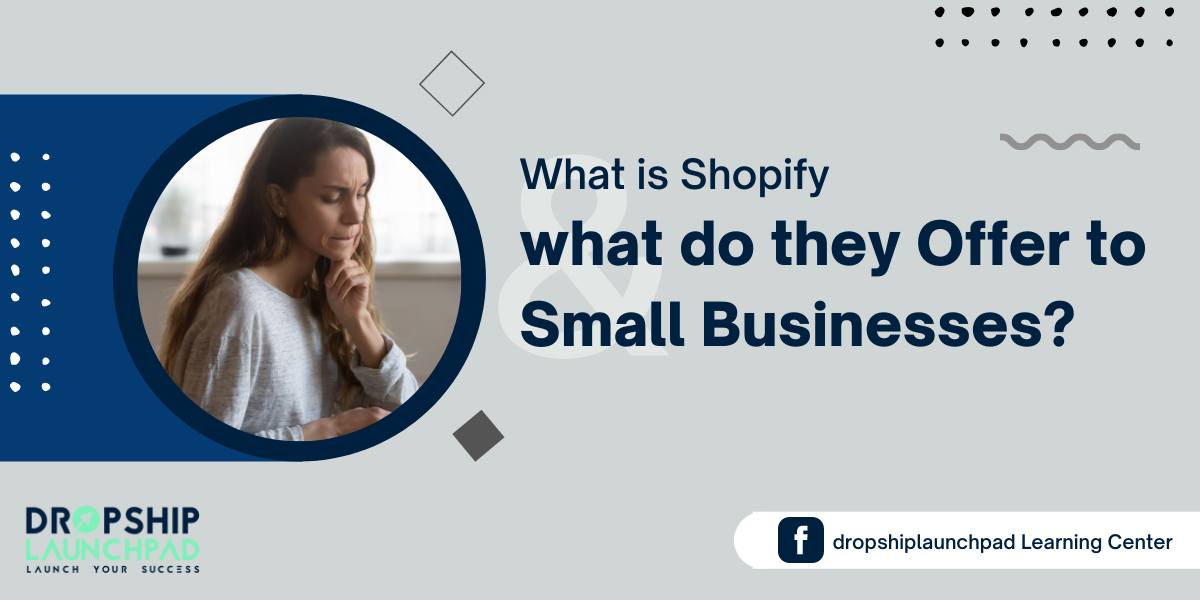
 Why should you start a shop on Shopify? (10 Great Reasons)
Why should you start a shop on Shopify? (10 Great Reasons)  15 best dropshipping suppliers for private label in 2023
15 best dropshipping suppliers for private label in 2023  2023’s top 10+ Shopify dropshipping themes to boost sales
2023’s top 10+ Shopify dropshipping themes to boost sales ![Worldwide brands dropshipping: wholesale suppliers for Shopify [2022]](https://dropshiplaunchpad.com/wp-content/uploads/2022/04/img-1-Featured-image-11-300x158.png) Worldwide brands dropshipping: wholesale suppliers for Shopify [2022]
Worldwide brands dropshipping: wholesale suppliers for Shopify [2022]